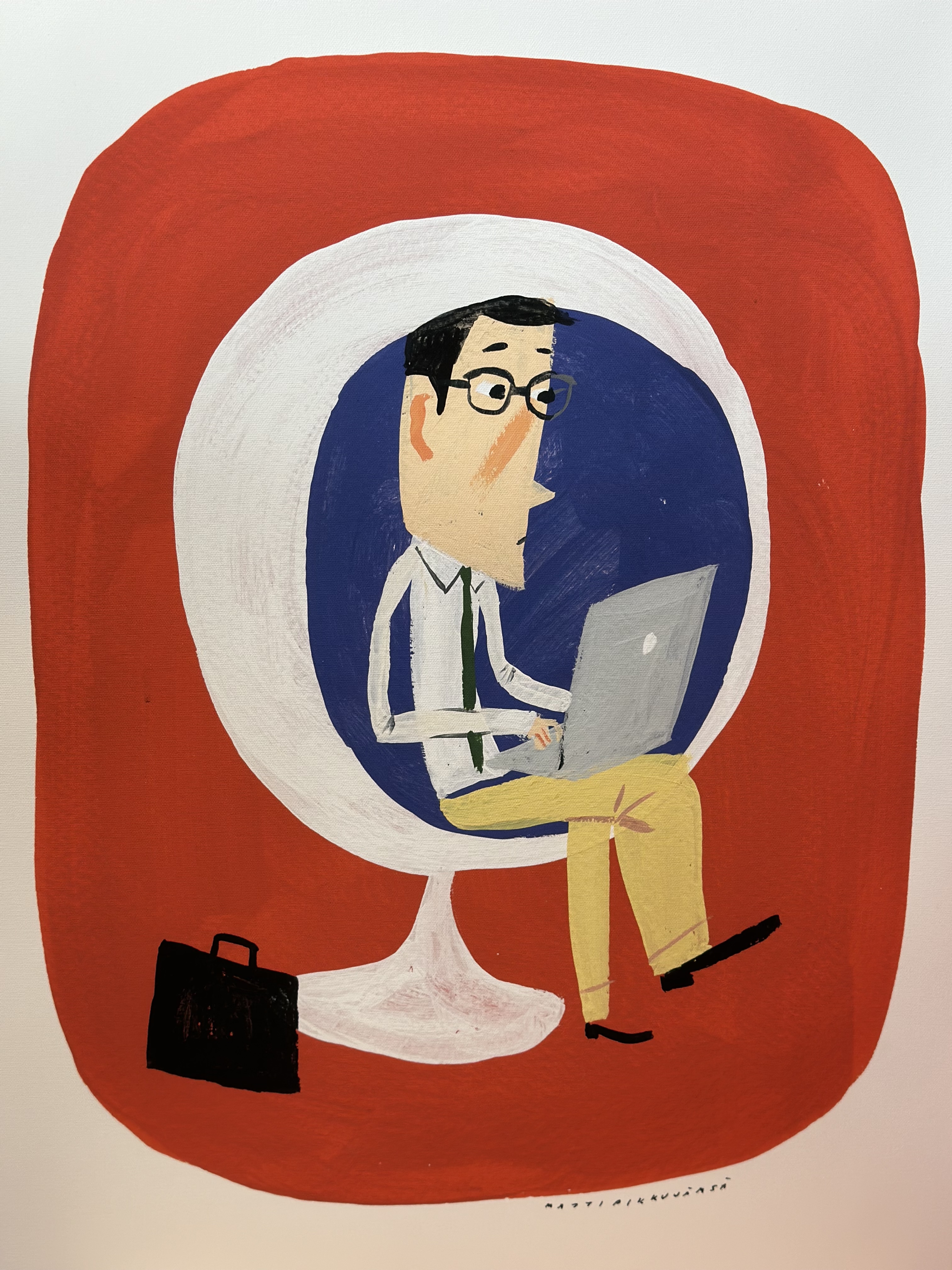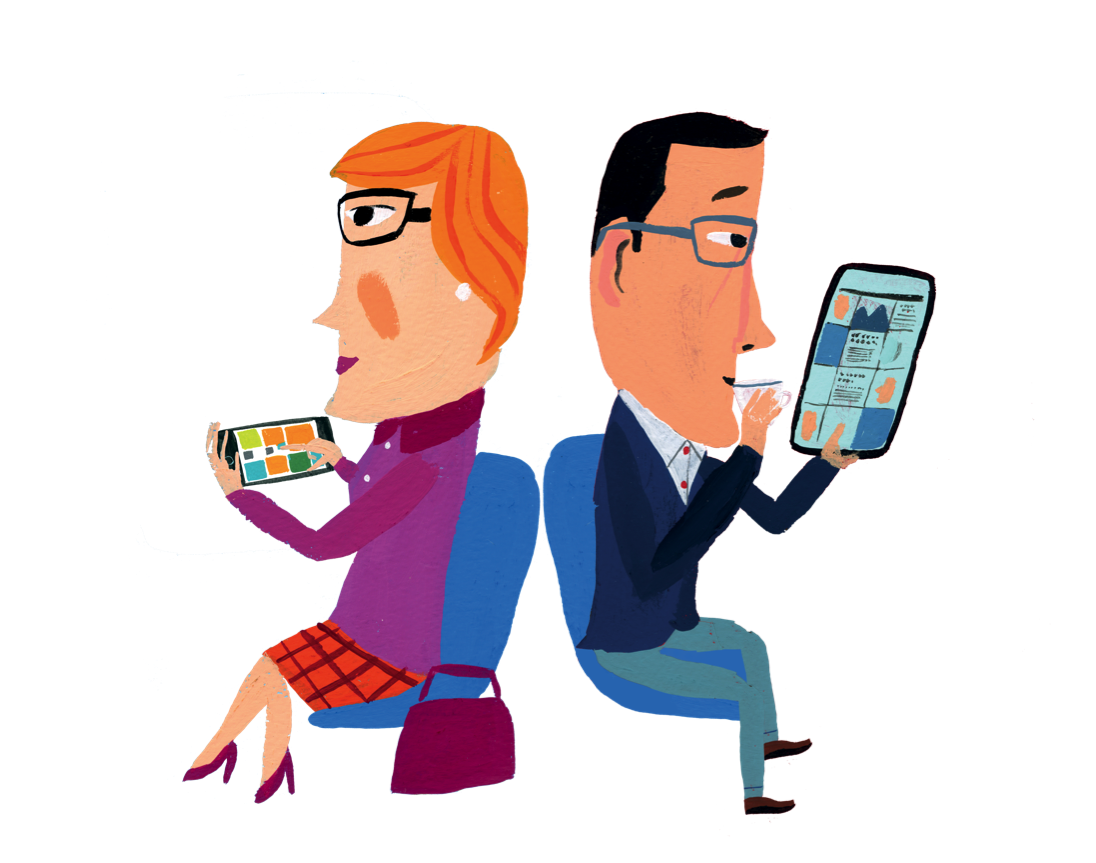How to create the perfect advertising environment
The current advertising environment is unsustainable and encourages very low


The current advertising environment is unsustainable and encourages very low trust from its stakeholders. From ad fraud to viewability and transparency to relevancy, the industry is making the headlines for all the wrong reasons. However, the issue that’s really got between the teeth of industry professionals and is causing widespread worry, is that of ad blocking.
The current advertising environment is unsustainable and encourages very low trust from its stakeholders. From ad fraud to viewability and transparency to relevancy, the industry is making the headlines for all the wrong reasons. However, the issue that’s really got between the teeth of industry professionals and is causing widespread worry, is that of ad blocking.
The issue has recently been spurred by Apple’s introduction of adblocking to iOS in September, which has led to much concern among publishers and advertisers over ad blocking’s potential impact on their bottom lines and future of the industry. Think about how we can overcome this by looking to the future and shine a light on what the perfect advertising environment is and understand how we can get there.
Zero waste advertisement
Right now, over half (56.1%) of ads served get loaded and charged for but don’t ever have an opportunity to been seen. Just think about this for a minute: Over half of all ads loaded don’t ever get seen, let alone give the consumer a chance to click through.
This means that advertisers are being charged for ads that never come into view. This is not ok and definitely not sustainable. Imagine a world where this is abolished; average performance numbers would immediately jump 100%.
Here’s another eye watering stat: multiple eye scan studies have found that 86% of standard placement ads aren’t seen by consumers. This is a very worrying stat and highlights that ‘banner blindness’ is a very prevalent problem. So how do we fix this problem?
At Kiosked, we’re leading the movement towards Zero Advertising Waste by elevating the value of digital advertising for publishers, advertisers, and consumers alike. This includes, native ad placements that are in-view and in-stream. We’re working with publishers to unify their mobile and desktop user experience so that all content on the site, including adverts are achieving much higher views.
Creative gets the programmatic treatment
Relevancy is also an area that needs some serious improvement. The data currently available to improve relevancy is still extremely rudimental and comes at a very high cost. Advertisers need to be able to apply context to that data, and specifically understand that a consumer’s reason for consuming content will make a big difference in what type of advert should be shown to them. For example, if a consumer is quickly checking the results of last night’s football game, it’s best to serve that individual an awareness-building ad, e.g. a Gillette (sponsors of the NFL). But when we can detect that they’re more engaged with a piece of content we know they’re going to be more likely to interact with some relevant advertisement and hence there’s a good opportunity to show a performance requiring ad (like, sign up, buy etc.). Understanding the “content consumption mode” of the user allows us to cut ad waste significantly.
By delivering this type of information to the advertiser before they make the decision to buy the impression, it will dramatically improve performance. Being able to tailor the ad/creative based on user data is the next big thing. We call this; ‘programmatic creatives’ and believe that this will be the big trend on the creative side for 2016. Now instead of designers creating 3-5 different ads, computers can tailor make ads into 100’s of variants, based on data given to them. It’s not about A/B testing anymore, every ad (for the same campaign) can be tailored based on the data we have of the user, how they are consuming content, past behavior etc. Optimizing performance will of course take time but through machine learning we will be able to understand what kind of ad to show, whom, when and where.
For too long publishers have been chasing after more revenue by adding more ad units. This has gone so far that it’s now counterproductive: adding more units will lower an advertisers’ share of voice which has a direct correlation to lower performance. The lower performance that advertisers are now seeing is so low that they’re having to fight it by paying less for every impression which resulting in a race to the bottom. This is a vicious circle and as a result of more ads, consumers are making a stand and increasingly choosing to block these intrusive, irrelevant and poor adverts all together.
Fix the cause – not the problem
Publishers need to take a timeout and rethink their strategies. They need to understand what has led them to this point and understand why the current model doesn’t work. Going back to the beginning, if 86% of ads never get seen, how can they provide any benefit for the advertiser? Fixing that issues shouldn’t be hard. Less is most definitely more, and it’s that mantra which will reignite positive results for all parties; publisher, advertiser and consumer alike. Kiosked is one of the players on the market showing online publishers that through a smarter monetization strategy they can make more money with fewer advertisements and create a better user experience for consumers.
One thing’s for certain, publishers can’t live without advertising revenue and consumers are too used to getting content for free to accept paying for ad-free versions. Blocking ad blockers will not be the long-term solution for any publisher – don’t try to fix the problem, fix the cause. Publishers will need to readdress the balance between monetization and user experience and find ways to put content back at the heart of the business. Look at the high end fashion magazines such as Vogue or Elle, they’ve illustrated how advertising can be an essential part of the content and consumption experience. By creating great ad experiences, consumers will appreciate and grow more loyal.


